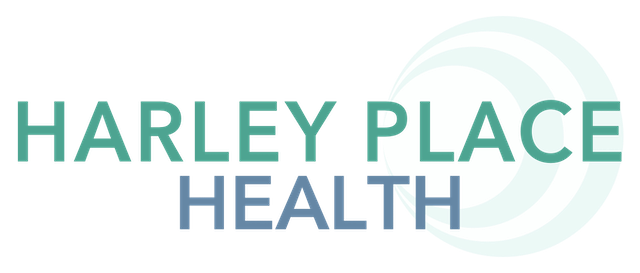Research is awesome. It helps us discover things that can change our lives. One recent discovery is helping us learn new ways to treat the dreaded DOMS!
DOMS is Delayed Onset Muscle Soreness. It’s the fancy way of describing the pain you feel the day after you do strenuous exercise. That pain you feel after going back to the gym for the first time in months. The pain you feel after playing an intense game of touch football. The pain you feel after moving house where you had to lift a hundred boxes, as well as couches, washing machines etc.
There’s been all sorts of theories over the years about what exactly is going on. Why exactly are we SO SORE after going to the gym? Is it lactic acid in the muscles? Is it ‘toxins” in the muscles? Did we do some micro-damage to the muscles?
The results of a 2021 study could have provided the answer. Our Massage Therapist Lewis found this article and provided this summary.
The previous theories focused on the MUSCLE – which makes sense, as that’s where the pain seems to be. In this study however, researchers looked at the FASCIA. And it appears that this is where the action is taking place.
The link to the full study can be found here, but to break it down for you, here is what they found. The fascia, which surrounds and connects muscles, gets stretched and tiny little tears occur. This then causes a contraction / tightening of the fascia.
This explains why the pain is so widespread! Fascia is everywhere, it’s what holds our body together. So if it tightens, the pain will not be in one small spot, it will feel like everything in that region is affected. Your whole leg feels sore, or your entire back, and so on.
HOW DOES THIS HELP US???
Well, it tells us what we should be doing to reduce it. One thing you can try is collagen. Collagen supplementation will help repair the micro damage.
Next, self massage techniques like FOAM ROLLING, spiky balls, lacrosse balls, peanuts, etc etc, will help release the contractions.
Dynamic Stretching will also be effective, as opposed to static stretching.
So feel free to get back in the gym and crush that workout, but just make sure you’ve got the foam roller handy tomorrow!



